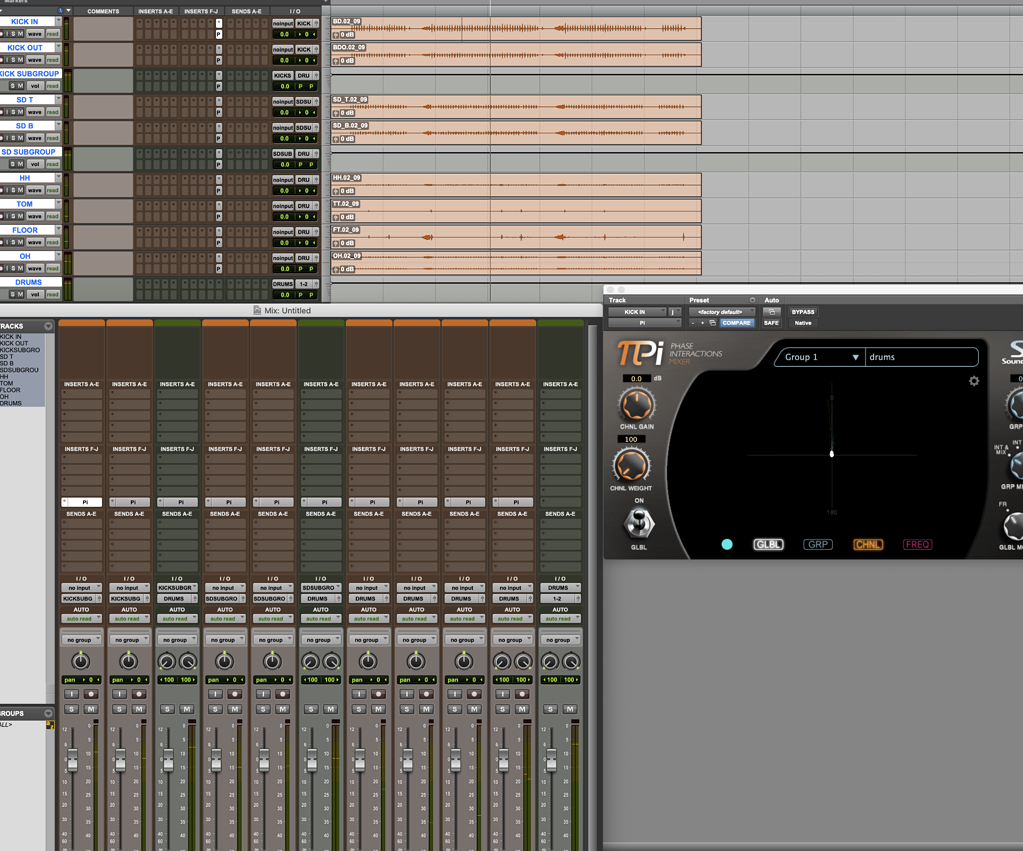

With a slave machine though this is obviously a completely different story. But it doesn't make your DAW behave any more efficiently than if you just doubled, tripled, or quadrupled the buffer. VEP has its uses on a single machine, no question about that. Often they don't realize early on that VEP is adding an additional buffer (and even says as much on the plugin GUI), which is for the most part the same as just setting a higher buffer. Lastly this is why some people mistake VEP as some kind of magic bullet. In which case you can freeze tracks until the cows come home in any DAW and have far higher track counts. Not literally, but in the sense that DP's pregen means that it's literally freezing some of its tracks behind the scenes. The only DAW I know that can outpace logic is DP, but this is if DP has pregen enabled which, at least in terms of an apples to apples comparison, is basically cheating. (I'm guessing for reasons related to stability vs buffer size, but I can't say for sure.) Probably though given how widely used it is.įrom what I understand this is just the nature of live input monitoring, the brunt of processing will always be handled by a single core. It's probably quite close, but I doubt it'd be higher. (This accounts for its dropout protection being on and off).Ĭan't comment on Cubase, I haven't used it in quite a long time, but I'd be quite surprised if you had more stability and larger tracks counts at the same buffer. Studio One's better, but I still still get lower track counts In Logic. I often run Logic at 256, Live I tent to have to run at 512. This varies from DAW to DAW, but using Ableton Live as an example, Live is far less efficient at a buffer twice as high as Logic's. (I actually tend to get slightly more live tracks out of Logic). A single core has to take on the brunt of the workload to process the monitored instrument).Īlso, if you compare Logic's live input behavior to another DAW with the same buffer setting you'll see roughly the same performance in most cases. (Technically this is for the same reason. If you do you'll see the core usage go up significantly when you select a live input track, and the CPU usage drop back down when you disarm a track. Studio one for example uses a similar approach if you set it to have two buffers (dropout protection). This is the technical reason why selecting an unarmed audio track can reduce CPU playback use if playback and live tracks is not selected, or a session has many other plugins other than just the track selected. If no armed track is selected Logic actually defaults to a higher buffer. There's a practical reason Logic behaves this way, it's due to the fact that logic drops the buffer to the actual buffer setting you choose only when an armed track is selected.


 0 kommentar(er)
0 kommentar(er)
